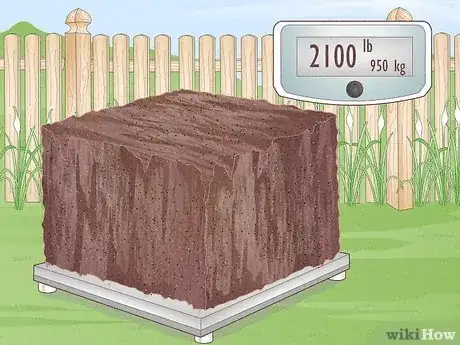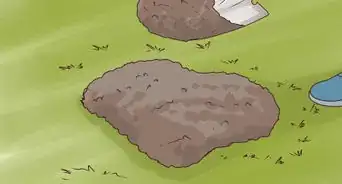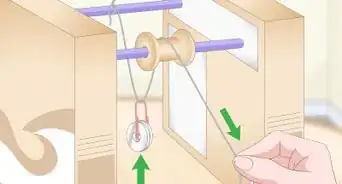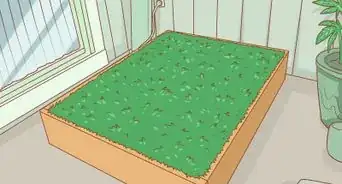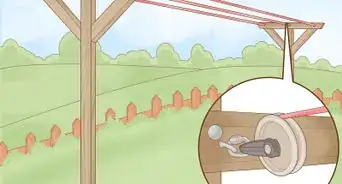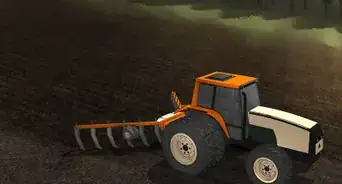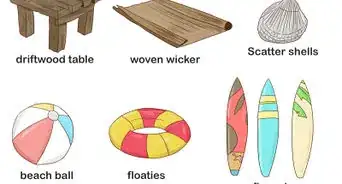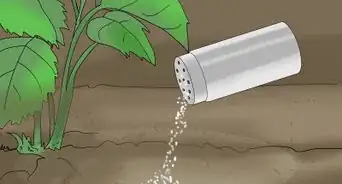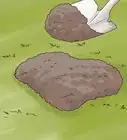This article was co-authored by wikiHow staff writer, Dan Hickey. Dan Hickey is a Writer and Humorist based in Chicago, Illinois. He has published pieces on a variety of online satire sites and has been a member of the wikiHow team since 2022. A former teaching artist at a community music school, Dan enjoys helping people learn new skills they never thought they could master. He graduated with a BM in Clarinet Performance from DePauw University in 2015 and an MM from DePaul University in 2017.
There are 8 references cited in this article, which can be found at the bottom of the page.
This article has been viewed 5,457 times.
Learn more...
You’re driving your pickup to the landscaping supply store for a yard of topsoil to rehab your lawn when the thought hits you—how much is all that dirt going to weigh? Can my truck handle it safely? Did I order enough? The exact weight of a yard of dirt depends on its composition and how wet it is, but the average weights are consistent enough that you can plan your landscaping projects and dirt transportation accurately. In this article, we’ll walk you through the different factors that affect how much a yard of dirt weighs, plus show you how much land it’ll cover and the best way to drive it home. Time to get dirty!
Things You Should Know
- A cubic yard of loose, dry topsoil weighs around 2,100 lb (950 kg) depending on its composition. If it’s wet, it can be as much as 3,000 lb (1,400 kg).
- A yard of topsoil usually costs between $10 and $50 and can cover a 100 square foot (9.3 square meters) area 3 in (7.6 cm) deep.
- Transport up to 2 cubic yards in a full-size pickup truck yourself, or schedule larger, bulk deliveries in dump trucks.
Steps
References
- ↑ https://yardowner.com/yard-of-topsoil-weight/
- ↑ https://www.engineeringtoolbox.com/earth-soil-weight-d_1349.html
- ↑ https://upgradedhome.com/how-much-does-a-yard-of-topsoil-weigh/
- ↑ https://yardowner.com/yard-of-topsoil-weight/
- ↑ https://upgradedhome.com/how-much-does-a-yard-of-topsoil-weigh/
- ↑ https://homeguide.com/costs/fill-dirt-sand-topsoil-cost
- ↑ https://www.homeadvisor.com/cost/landscape/deliver-soil-mulch-or-rocks/
- ↑ https://todayshomeowner.com/buying-materials-by-the-cubic-yard-faq/
- ↑ https://upgradedhome.com/how-much-does-a-yard-of-topsoil-weigh/
